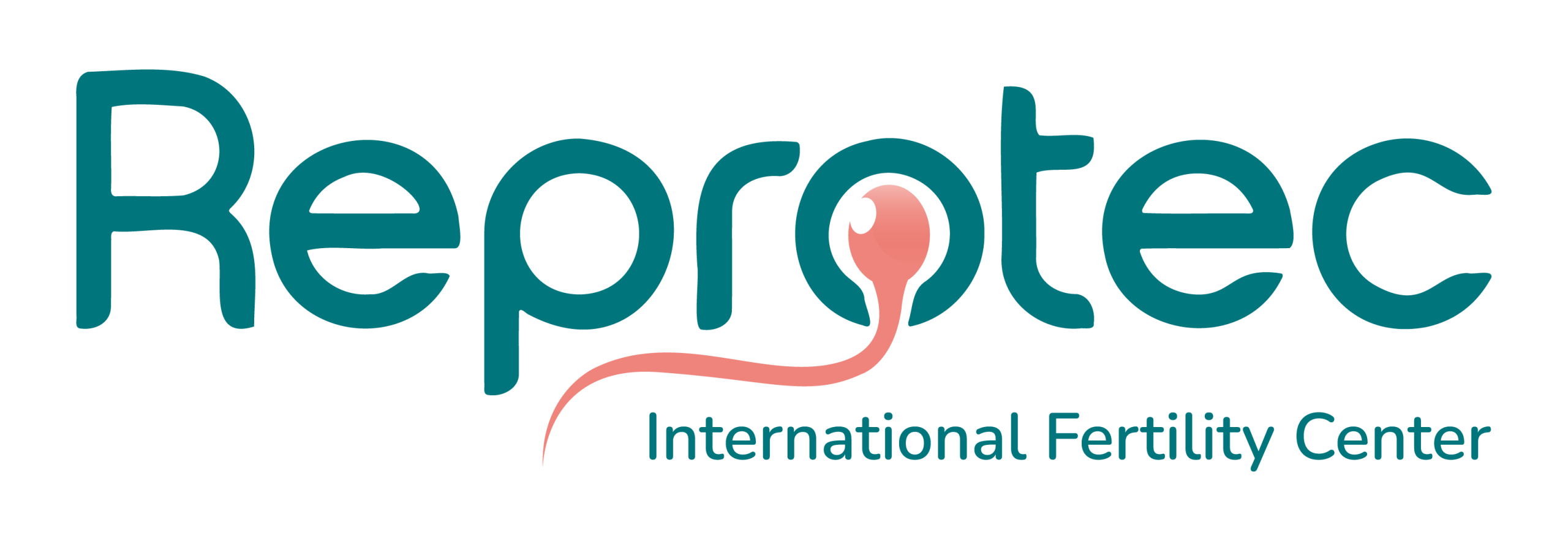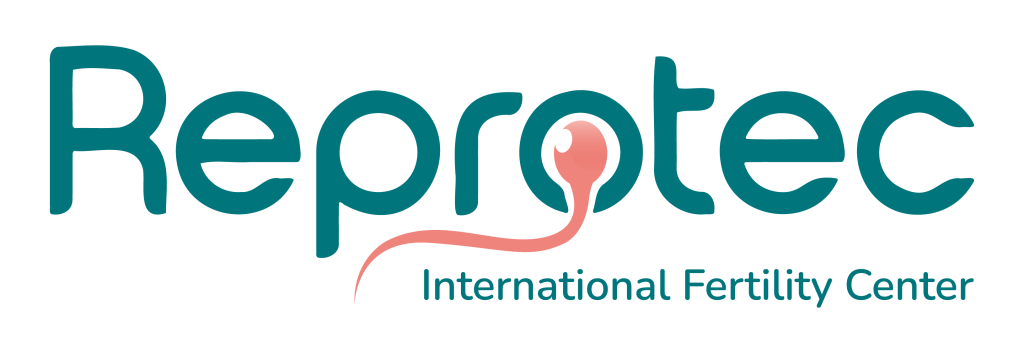ROPA Method
The ROPA method is an in vitro fertilization treatment designed for female couples who want to experience shared motherhood.
This method allows one woman to contribute her eggs (genetic mother), while the other carries the pregnancy (gestational mother). This way, both play an active and meaningful role in the conception of the baby.
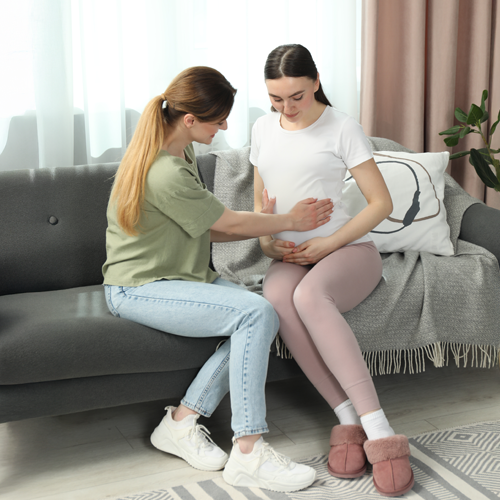
Step by step of the treatment
Initial assessment and medical studies
Both women attend a fertility consultation, where their medical history, general and gynecological health are reviewed, along with ovarian reserve tests and basic preconception screenings.
Step 1Ovarian stimulation of the genetic mother
The mother who will provide the eggs receives medications to stimulate the production of several mature eggs.
Step 2Follicular aspiration and egg retrieval
This painless outpatient procedure is carried out under sedation through transvaginal ultrasound 36 hours after the trigger shot, using a very thin needle to access the ovaries and extract the eggs from the follicles. It is performed in the procedure rooms adjacent to the assisted reproduction laboratory and is not painful.
Step 3In vitro fertilization
The eggs are fertilized in the laboratory with donor sperm that has been previously selected.Step 4Embryo culture and selection
The embryos are developed under advanced technologies such as Witness and Time Lapse, which ensure safety, monitoring, and high precision at every stage.
Step 5Endometrial preparation of the gestational mother
• Natural cycle: the woman´s own ovulation is used, synchronizing the transfer with her menstrual cycle.
• Artificial cycle: estrogens and progesterone (oral, transdermal, or vaginal) are administered to prepare the endometrium; monitored with ultrasounds and sometimes hormone tests in blood.
Step 6Embryo transfer
The selected embryo is transferred into the gestational mother’s uterus, and 12 to 14 days later, a pregnancy test is performed.
Step 7Continuous follow-up and support
Our medical team supports every stage, providing scientific, emotional, and human guidance during treatment and after the transfer.
Step 8Both women attend a fertility consultation, where their medical history, general and gynecological health are reviewed, along with ovarian reserve tests and basic preconception screenings
The mother who will provide the eggs receives medications to stimulate the production of several mature eggs.
This painless outpatient procedure is carried out under sedation through transvaginal ultrasound 36 hours after the trigger shot, using a very thin needle to access the ovaries and extract the eggs from the follicles. It is performed in the procedure rooms adjacent to the assisted reproduction laboratory and is not painful.
The eggs are fertilized in the laboratory with donor sperm that has been previously selected.
The embryos are developed under advanced technologies such as Witness and Time Lapse, which ensure safety, monitoring, and high precision at every stage.
• Natural cycle: the woman´s own ovulation is used, synchronizing the transfer with her menstrual cycle.
• Artificial cycle: estrogens and progesterone (oral, transdermal, or vaginal) are administered to prepare the endometrium; monitored with ultrasounds and sometimes hormone tests in blood.
The selected embryo is transferred into the gestational mother’s uterus, and 12 to 14 days later, a pregnancy test is performed.
Our medical team supports every stage, providing scientific, emotional, and human guidance during treatment and after the transfer.
How is a sperm donor selected?
The selection of a sperm donor is a rigorous process carried out by specialized sperm banks, aimed at ensuring safety, trust, and transparency for patients starting a fertility treatment.
Sperm donor evaluation
Donors undergo a thorough review that includes:
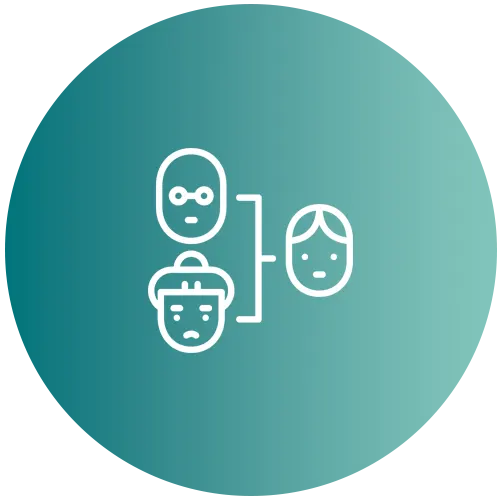
Personal, family, and social background

Medical and genetic history
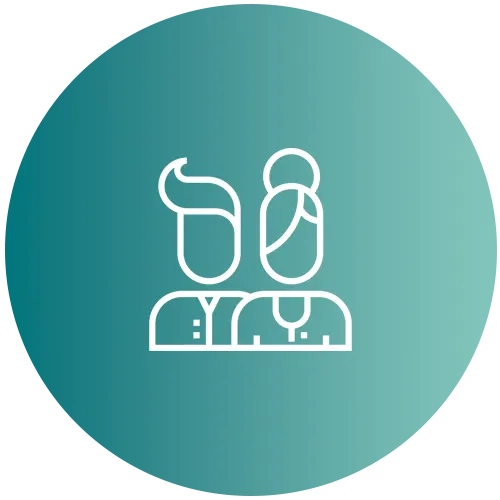
Lifestyle, academic, and professional background
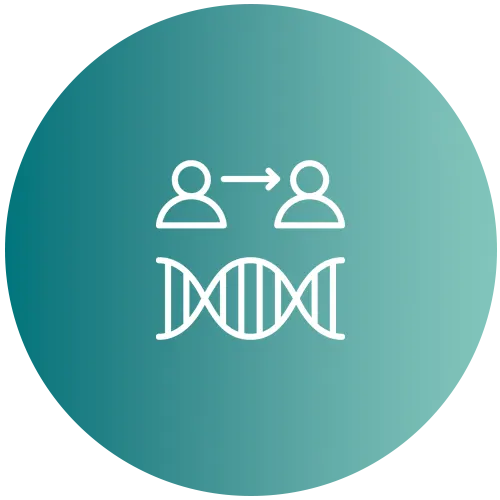
Phenotypic compatibility
(physical characteristics similar to the patient)
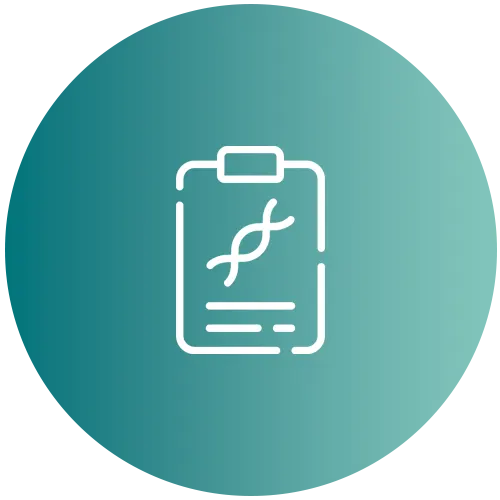
Mental health and genetic compatibility
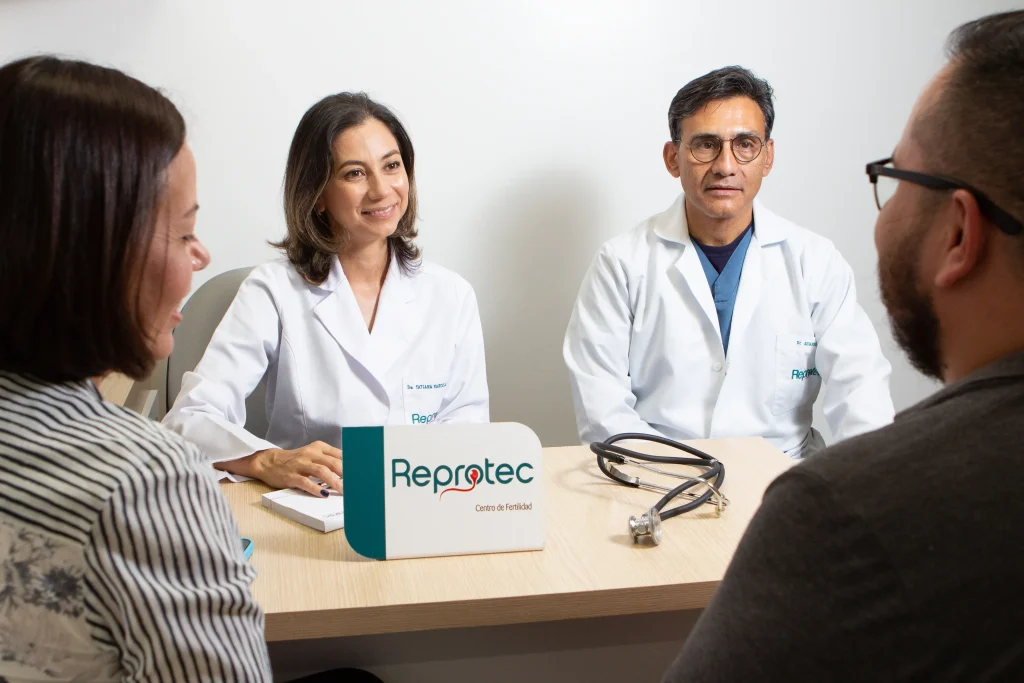
Specialist review
All this information is carefully analyzed by the sperm bank’s scientific team, who verify every detail before approving a donor. This way, patients receive reliable data to make informed decisions on their journey toward parenthood.
We support this process with cutting-edge technology and a medical team specialized in fertility for women and LGBTIQ+ couples. Our human and professional approach ensures safety and clarity at every stage, with a compassionate and respectful perspective of your decisions.
Our high success rates are the result of carefully controlled processes adherence to strict protocols both clinical and in the lab and the support of advanced technologies such as Witness and Time Lapse, which ensure safety, accuracy, and comfort through continuous monitoring at every stage of treatment.
Preguntas frecuentes Método ROPA
- ¿Cuál es la diferencia entre el método ROPA y la fertilización in vitro convencional?
- ¿Qué requisitos médicos deben cumplir ambas madres?
- ¿Cómo se elige al donante de semen en el método ROPA?
- ¿Qué porcentaje de éxito tiene este tratamiento?
- ¿Cuál es el costo aproximado del método ROPA en Colombia?
- ¿Cuánto tiempo dura el proceso completo?
- ¿Qué estudios previos deben realizarse antes de iniciar?
- ¿La madre genética también puede ser la gestante en otro intento futuro?
- ¿Este tratamiento está disponible en cualquier ciudad o solo en sedes específicas de Reprotec?
- ¿Qué riesgos o complicaciones pueden presentarse durante el procedimiento?
- ¿El bebé tendrá vínculo genético con ambas madres?
